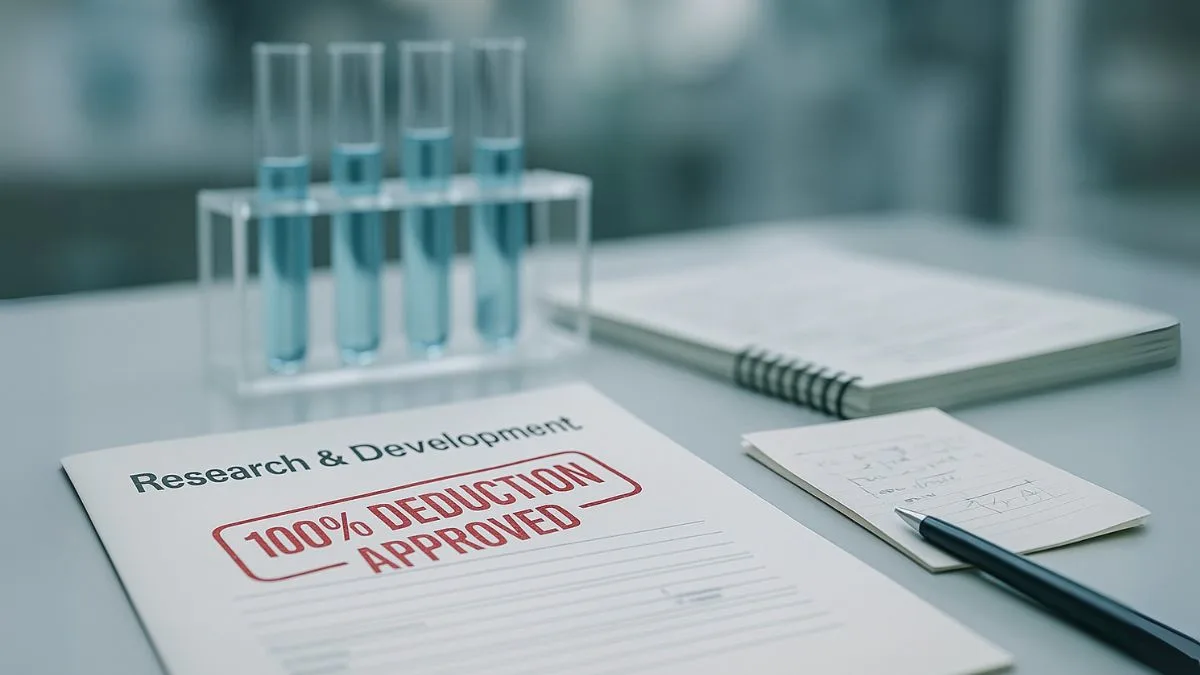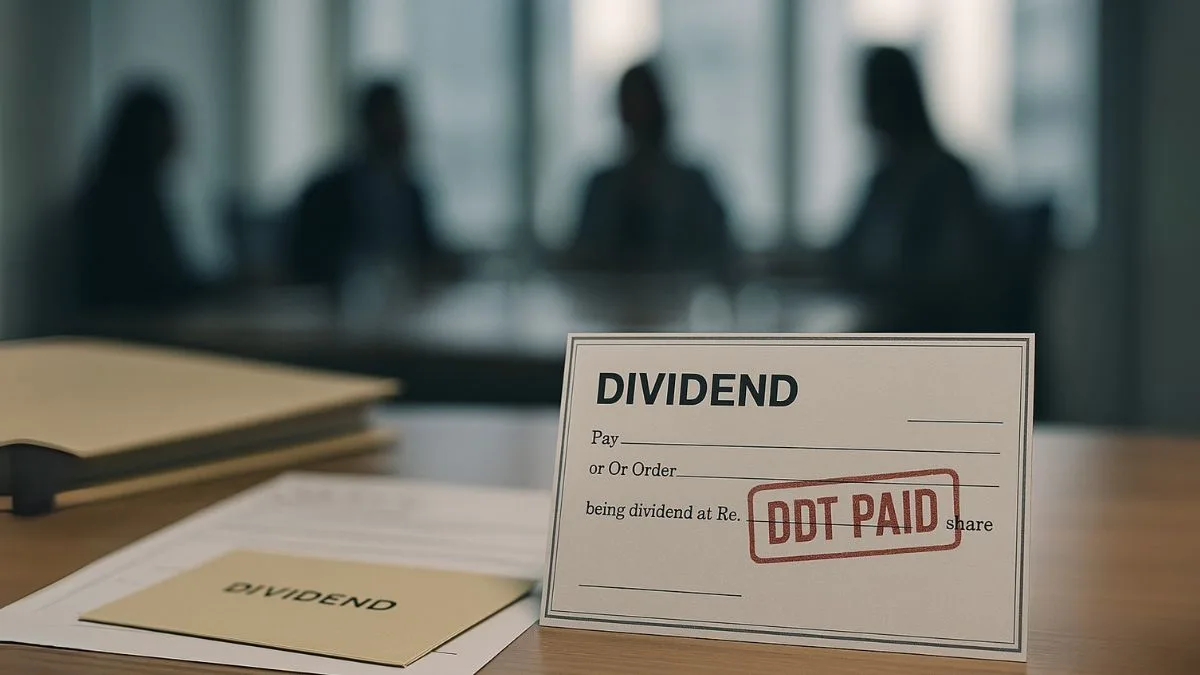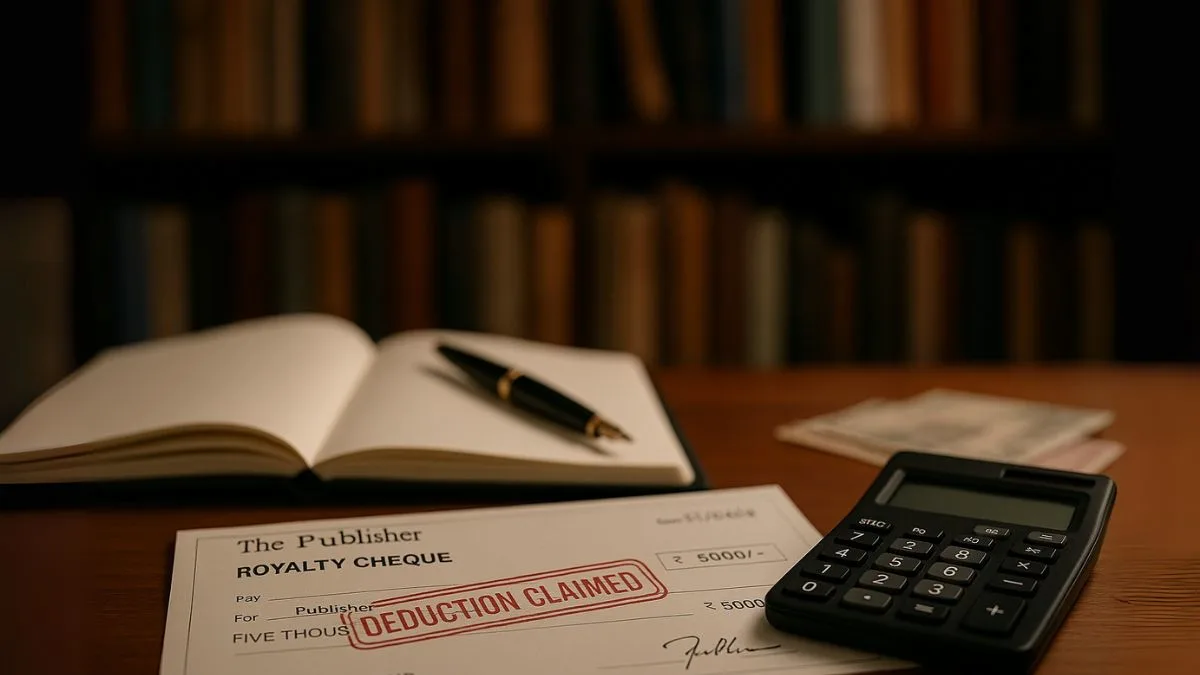
Scientific research is the basis for long-term economic development & industrial competitiveness. To take stock of this situation, the Income Tax Act offers certain shelters to both individuals and firms when it comes to financing scientific research and industrial projects.
Overview
Section 35(1)(iia) is one of them. It permits a company to deduct 100% of the amount paid by it to an approved Indian registered company engaged in scientific research and development.
Put more plainly, a taxpayer makes a contribution to an eligible SRCompany, and the full amount of that contribution is then subtracted from his or her taxable income.
Legal Framework
What Section 35(1)(iia) States
Section 35(1)(iia) of the Income Tax Act, 1961 is a part of “Expenditure on Scientific Research” being subject to deduction.
It provides that:
- The deduction shall be the amount by which 100% of such payment exceeds any amount attributable to participating interest (if any) paid to the company, where such company:
- is incorporated in India;
- has as its primary objective research in science & technology; and
- is recognized by the prescribed authority (Department of Scientific and Industrial Research – DSIR).
That way, when you do pay money to a company like that, the sum counts as an allowable expense in calculating your taxable profits.
Also Read: Deduction for Scientific Research Contributions
Objective and Policy Intent
The intention behind Section 35(1)(iia) is clear — to assist in the development & commercialization of innovative technologies sourced through industry.
This section encourages:
- National research institutions funded by companies,"
- Development of indigenous technologies, and
- Collaborations between industry and research centers.
100% deduction ensures taxpayers become an integral part of India’s R&D ecosystem while benefiting from tax treatment.
Eligibility
Who Can Claim the Deduction?
Any taxpayer — whether an individual, firm, or company — can claim this deduction when a payment has been made to an approved scientific research body in the relevant financial year.
Who Can Receive the Payment?
The recipient company must:
- Be registered in India,
- Engage primarily in scientific research & development, and
- Be endorsed by DSIR (Department of Scientific and Industrial Research).
Quantum of Deduction – 100% of Contribution
Deductions are permitted for expenses involved in scientific research activities, & Section 35(1)(iia) provides for a 100% deduction.
That is, if a firm pays ₹10 lakh to an eligible R&D entity, the full ₹10 lakh will be deductible from taxable profit.
Previously, 150% or 200% weighted deductions were available under other clauses like Section 35(2AB), but now it’s a straightforward 100% deduction under 35(1)(iia).
Example
ABC Manufacturing Ltd. makes a payment of ₹20,00,000 during FY 2024–25 to a company approved by DSIR & undertaking nanotechnology research.
So, ABC Ltd. can claim ₹20,00,000 deduction from its taxable income. If its gross profit (before deduction) is ₹1 crore, the taxable profit reduces to ₹80 lakh — resulting in substantial tax savings.
Also Read: Deduction for Revenue Expenditure on Scientific Research
Types of Scientific Research Covered
Section 35(1)(iia) applies broadly to scientific research & development in:
- Industrial innovation and product development
- Technology-based process improvements
- Biotechnology & pharmaceutical research
- Renewable energy research
- Space, defense, or advanced materials sciences
- Agricultural and environmental technology
This ensures that any genuine scientific pursuit receives both social & tax incentives.
Relation to Other Subsections of Section 35
|
Particulars |
Section 35(1)(i) |
Section 35(1)(iia) |
Section 35(2AB) |
|
|
Nature of Expense |
In-house research by taxpayer |
Donation to research association/university |
Payment to research company |
In-house R&D by approved manufacturing company |
|
Deduction |
100% |
100% |
100% |
100% (weighted withdrawn) |
|
Approval Authority |
DSIR (if applicable) |
DSIR/CBDT |
DSIR |
DSIR |
|
Who Benefits |
Researcher |
Donor to institution |
Donor to research company |
Company with in-house R&D setup |
This shows that 35(1)(iia) complements other R&D provisions — allowing contributions even by firms lacking in-house research facilities.
Documentary Requirements
To claim deduction under section 35(1)(iia), the taxpayer must ensure:
- Payment Statement – Proof such as bank receipt.
- Approval Certificate – Copy of DSIR approval of recipient."
- Recipient’s Acknowledgement – Confirmation funds are used solely for research.
- Auditor Verification – Disclosure in Form 3CD.
Without these, the deduction can be disallowed during assessment.
Also Read: Deduction for Capital Expenditure on Scientific Research
Recent Amendments (AY 2025–26)
The Government continues to promote private investment in R&D up to Union Budget 2025, maintaining the 100% deduction ceiling.
Key updates:
- Form 3CM and 3CL filings now digitized for better tracking.
- CBDT Circular 3/2025 – Contributions must be fully utilized for eligible research projects.
This ensures higher transparency & compliance in claiming deductions.
Judicial Case Reference
In CIT vs. Gujarat State Fertilizers & Chemicals Ltd. (2022), the court held that donations to DSIR-approved companies are fully deductible under Section 35(1)(iia), even if research indirectly benefits the donor. The intent to advance science is sufficient.
This case reinforces that the section’s goal is to encourage R&D, not restrict deductions to only those doing in-house research.
Common Errors and Corrections
|
Error |
Impact |
Correct Practice |
|
Payment to non-DSIR-approved entity |
Deduction disallowed |
Verify DSIR validity |
|
Claimed under both 35 & 80GGA |
Assessment dispute |
Claim under one section only |
|
Missing payment proof/DSIR certificate |
Disallowance during scrutiny |
Maintain proper records |
|
Payment made after FY end |
Not eligible for that year |
Ensure payment within the year |
Also Read: Deduction on Capital Expenditure for Scientific Research
Frequently Asked Questions (FAQs)
Q1. What is Section 35(1)(iia)?
It allows 100% deduction for payments to approved Indian companies for scientific research.
Q2. Who approves such entities?
The Department of Scientific and Industrial Research (DSIR) under the Ministry of Science & Technology.
Q3. Is it available to individuals?
Yes, individuals & companies can both claim if payment is made to an approved entity.
Q4. Is there a maximum deduction limit?
No. The entire approved payment is deductible.
Q5. Can contributions to foreign research companies qualify?
No. Only Indian DSIR-approved companies are eligible.
Q6. How is it different from Section 80GGA?
While 80GGA promotes donations for pure or social science research without business linkage, 35(1)(iia) supports scientific research directly tied to business or industrial application.
Benefits to Businesses
- Encourages corporate participation in national R&D efforts.
- Offers direct tax savings via 100% deduction.
- Builds corporate goodwill as contributors to innovation."
- Promotes collaboration with recognized research firms.
For manufacturing & technology companies, this section is both a strategic tax-saving tool and a CSR-driven investment in innovation.
Summary Table
|
Aspect |
Details |
|
Section |
35(1)(iia) |
|
Deduction Limit |
100% of contribution amount |
|
Eligible Payee |
Indian company approved by DSIR |
|
Nature of Expense |
Scientific research expenditure |
|
Eligible Taxpayers |
All assessees (individual, firm, company) |
|
Objective |
Incentivize private-sector R&D investment |
Also Read: 100% Deduction on Donations for Scientific Research and Rural Development
Conclusion
Section 35(1)(iia) of the Income Tax Act epitomizes India’s innovation-driven growth strategy. By allowing a full 100% deduction on contributions to approved research companies, it bridges the gap between industry & science, fostering technology-led progress.
For businesses, it’s not just about compliance — it’s about contributing meaningfully to India’s scientific ecosystem while securing significant tax advantages.
👉 Wish to avail your scientific research deductions accurately per Section 35(1)(iia)? Visit Callmyca.com and let our experts help you structure compliant donations, secure DSIR approvals, and maximize your tax benefits.










